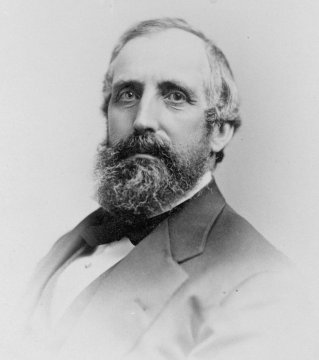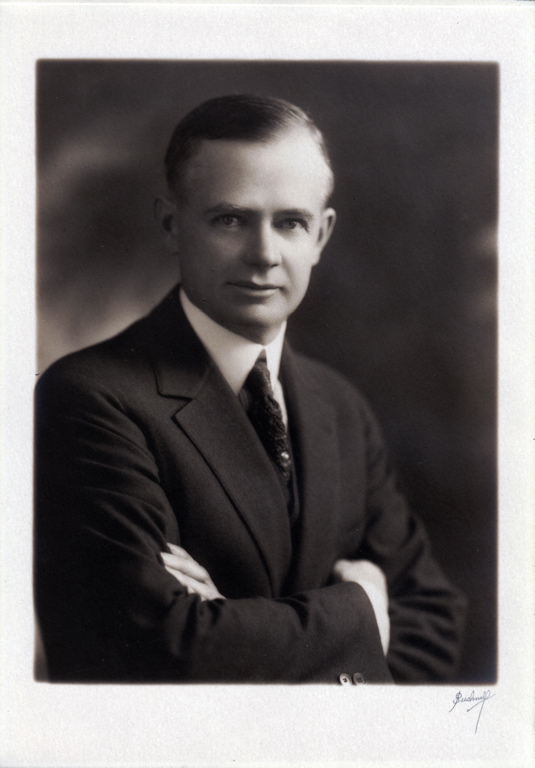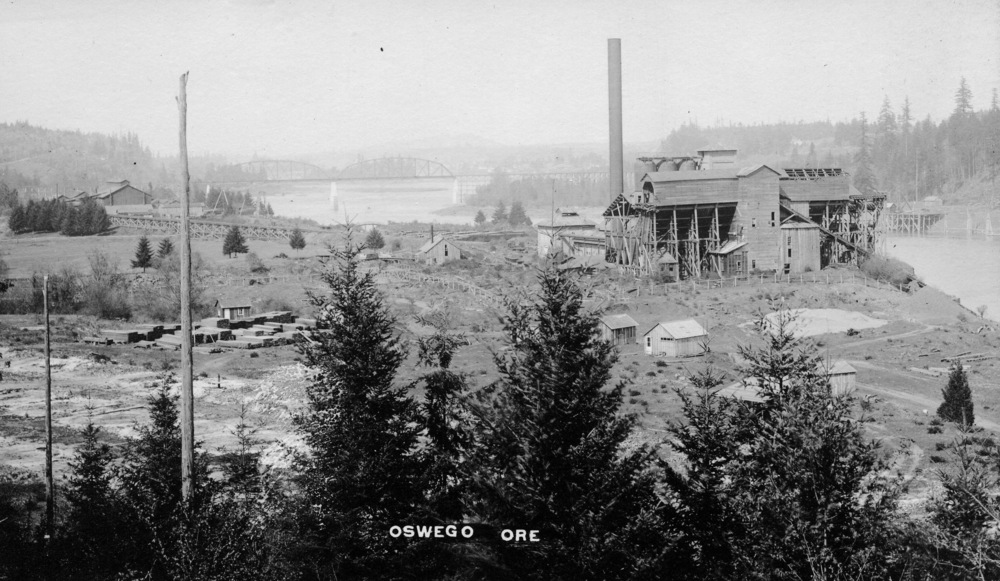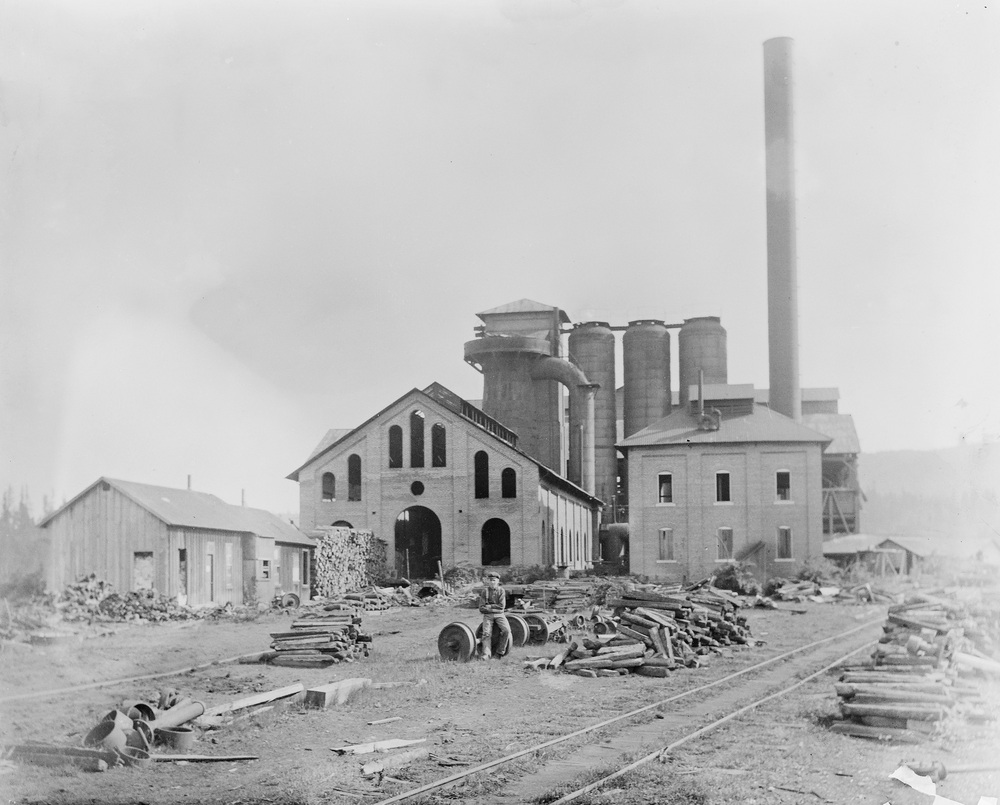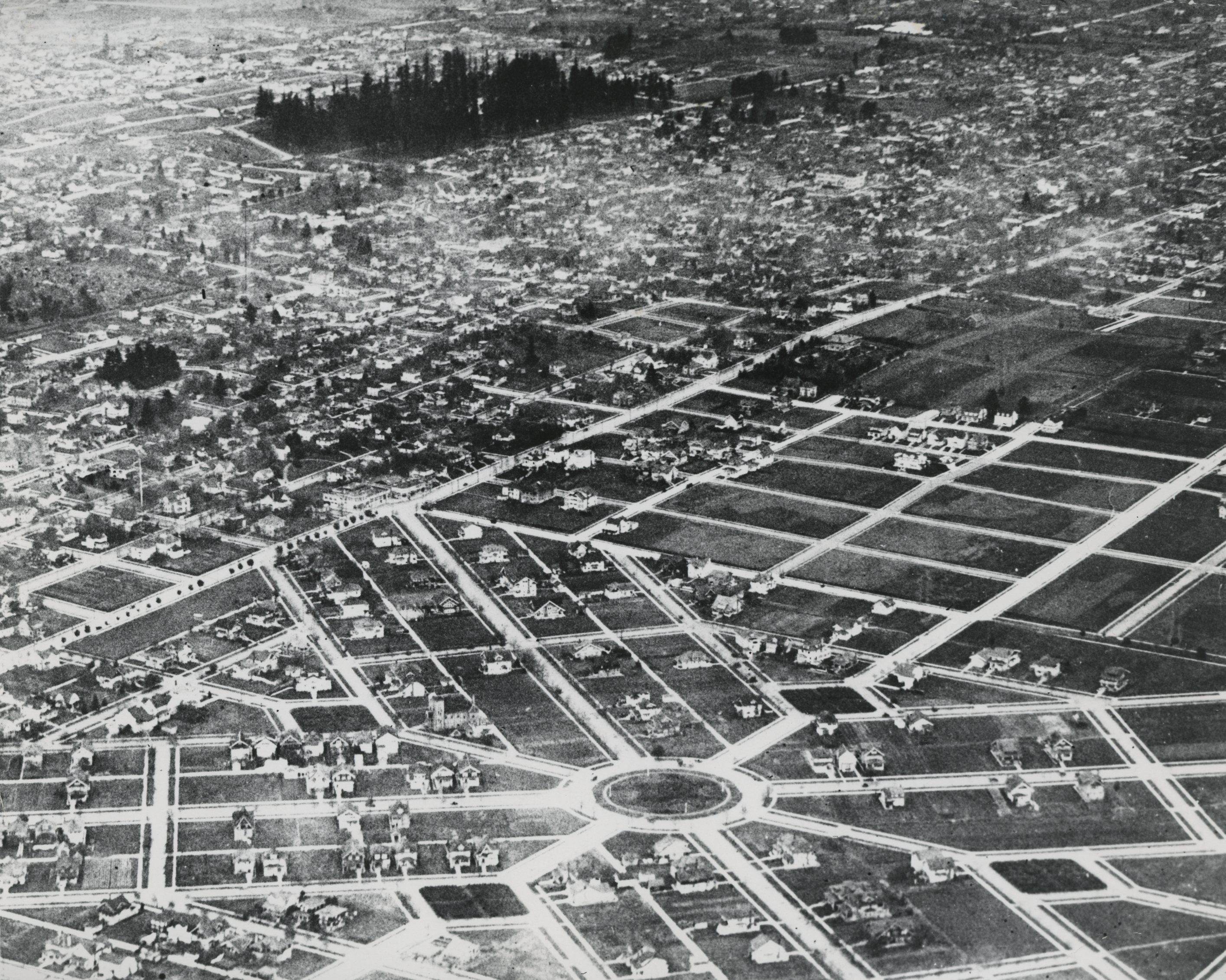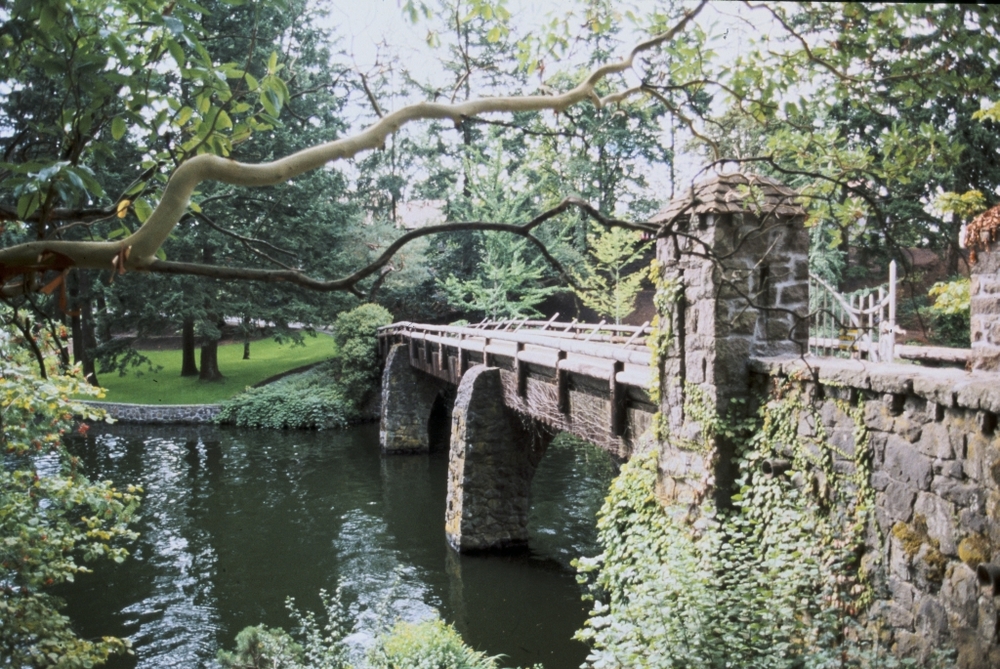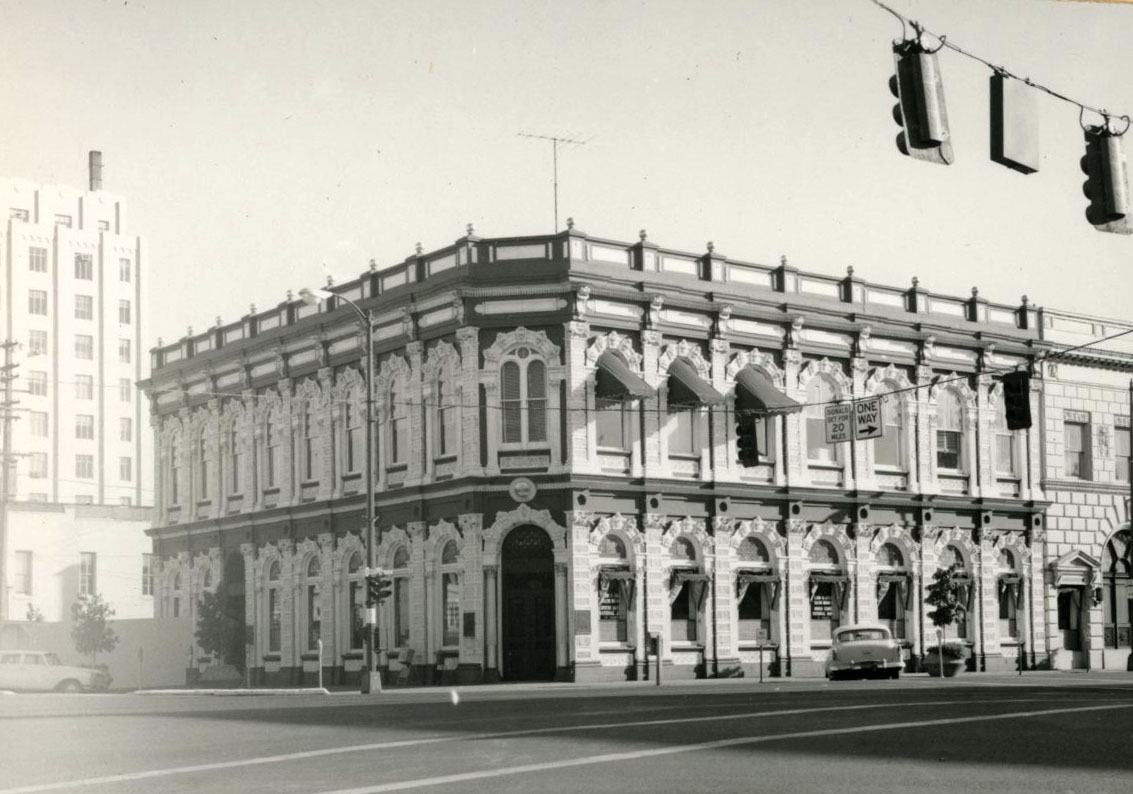The Ladd Estate Company played a major role in the residential development of Portland and surrounding areas. William Sargent Ladd was the wealthiest person in the Northwest at the time of his death in 1893, and his estate included extensive land holdings. When Ladd died, his son, William Mead Ladd, became president of the family’s Ladd & Tilton Bank, which managed the properties.
The Ladd Estate Company was formed in part to avoid the scrutiny required by the 1907 Oregon Banking Act. By that time, the bank was $2,500,000 in debt, and William M. Ladd had accepted a loan from his brother-in-law, Standard Oil heir Frederic B. Pratt. Pratt took control of the Ladd & Tilton Bank with the agreement that real properties would be separated from the bank's control. For those reasons, the Ladd Estate Company was incorporated on May 13, 1908. Although the company was a separate legal entity, William M. Ladd served as president of both, and many of the same individuals were involved in both enterprises.
Ladd’s Addition in southeast Portland had been platted by William S. Ladd in 1891, but the economic Panic of 1893 and Ladd’s death the same year delayed development. The Ladd Estate Company began development in Ladd’s Addition in 1907, and most of the undeveloped land owned by Ladd in the Portland area was converted to higher-end residential districts. In 1909, Ladd’s 462-acre Hazel Fern Farm was sold to the Laurelhurst Company. From then on, the Ladd Estate Company retained control of developing their land holdings. Ladd’s 500-acre Crystal Springs Farm was platted into Westmoreland (1909) and Eastmoreland (1910), and forty acres were donated as the site for Reed College.
William S. Ladd was president of the Oregon Iron Company (later Oregon Iron & Steel), centered at Oswego (now Lake Oswego). Extensive land holdings remained after the demise of the iron industry in 1894 and eventually they were converted to home sites. From 1912 to 1922, the Atchison-Allen Co. was the exclusive marketing agent for the Oregon Iron & Steel Company's Oswego real estate. The Ladd Estate Company took over this role in 1923. The Oswego Lake Country Club was built from 1923 to 1925 on the site of William M. Ladd’s Iron Mine Farm.
William M. Ladd filed the first Dunthorpe plat in 1916 and built his residence there. He served as president of the Ladd Estate Company until his resignation, due to ill health, on October 1, 1926. At that time, Paul C. Murphy and Frederick H. Strong purchased the entire holdings of Ladd Estate Company and the Oregon Iron & Steel Company, reportedly for $5 million. The purchase included undeveloped portions of Dunthorpe, Oswego, Eastmoreland, and Westmoreland. Strong and Murphy quickly divested themselves of all but the Oswego and Dunthorpe properties. Strong served as president until Murphy bought out his interest in 1930 and became president.
The Ladd Estate Company existed under Murphy’s direction and later his son, Paul F. Murphy, into the mid-1940s. Although inactive, it remained a registered corporation until October 15, 2001.
-
![William S. Ladd]()
William S. Ladd.
William S. Ladd Courtesy Oregon State Library
-
![]()
Paul C. Murphy.
Courtesy Marylou Colver
-
![]()
Oregon Iron & Steel Co. second blast furnace, after 1894.
Lake Oswego Public Libr. Local History Collec., 3523
-
![]()
Oregon Iron & Steel Co., c. 1890s..
Lake Oswego Public Libr., Bickner Family Collec., 671b
-
![]()
Aerial view of Ladd's Addition, c.1915.
Courtesy Oregon Hist. Soc. Research Lib., 39917
Related Entries
-
![Ladd's Addition]()
Ladd's Addition
Ladd's Addition is a streetcar-era neighborhood in southeast Portland w…
-
![Lake Oswego]()
Lake Oswego
Lake Oswego is a suburban city located eight miles southwest of Portlan…
-
![Oregon Iron & Steel Company]()
Oregon Iron & Steel Company
The Oregon Iron & Steel Company (OI&S;) was incorporated in the town of…
-
![Paul C. Murphy (1876-1957)]()
Paul C. Murphy (1876-1957)
Paul Cole Murphy played a major role in the development of Laurelhurst …
-
![William S. Ladd (1826-1893)]()
William S. Ladd (1826-1893)
At age twenty-seven, William Sargent Ladd was the youngest mayor to eve…
Map This on the Oregon History WayFinder
The Oregon History Wayfinder is an interactive map that identifies significant places, people, and events in Oregon history.
Further Reading
Fulton, Ann. Iron, Wood & Water: An Illustrated History of Lake Oswego. San Antonio, Tex.: Historical Publishing Network, 2002.
MacColl, E. Kimbark. The Growth of a City: Power and Politics in Portland, 1915-1950. Portland, Ore.: Georgian Press, 1979.
Snyder, Eugene E. Portland Names and Neighborhood: Their Historic Origins. Portland, Ore.: Binford and Mort, 1979.

